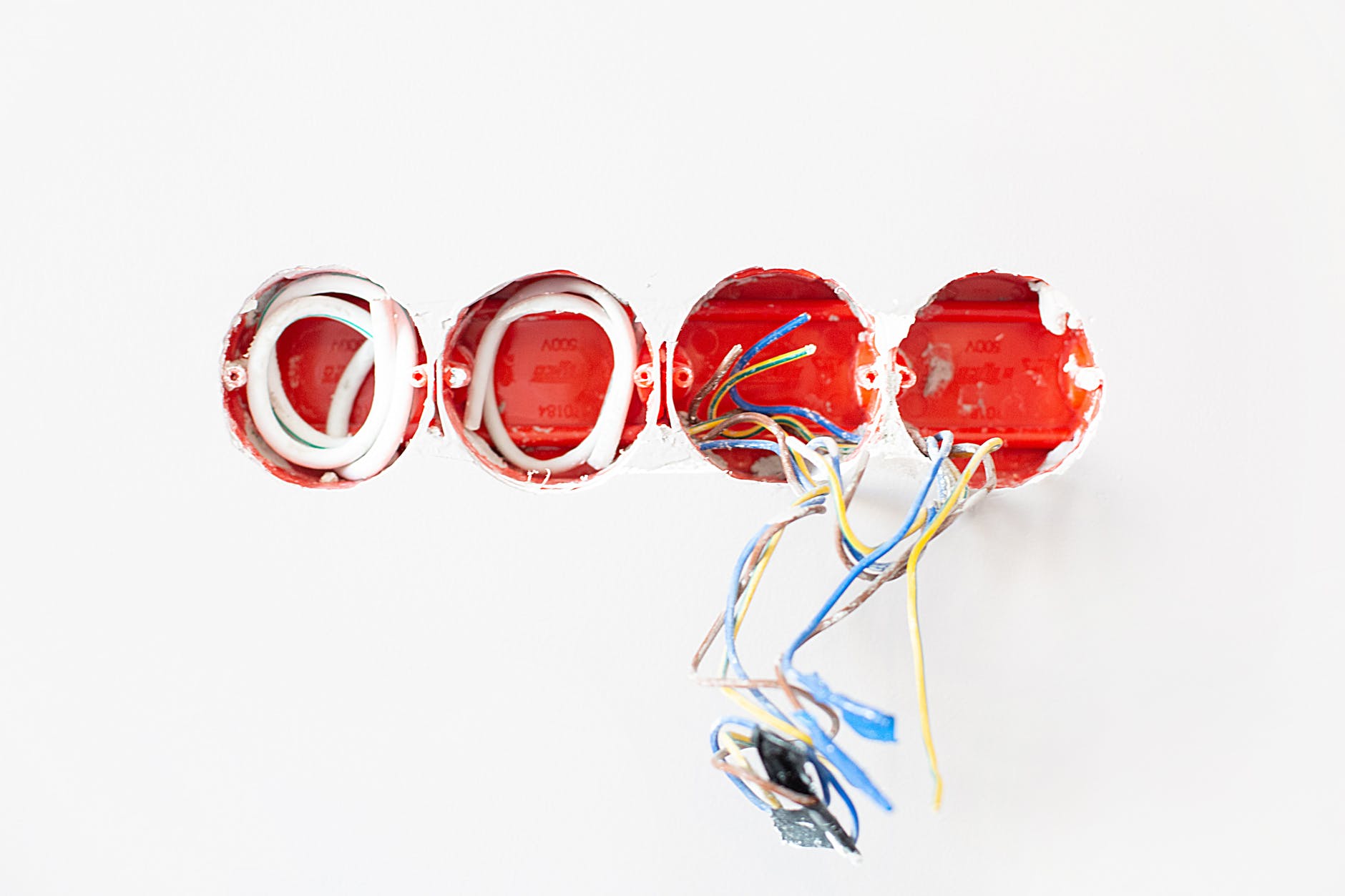
CompTIA A+ Prep: TCP vs. UDP
In this article, we will talk about Transfer Control Protocol (TCP) vs. User Datagram Protocol (UDP) and how these two differ from each other. TCP and UDP are used for fundamentally same functions. Both protocols are used when transferring data from a host to a recipient in a network. Although the basic function is the same, there are distinct differences between the two, which is why UDP and TCP are very different in practical use and have distinct use cases that will be discussed in detail here. The fundamental difference between Transfer Control Protocol (TCP) and User Datagram Protocol (UDP) is that TP track all the data that goes through it and makes sure that no data packets are lost upon delivery, while UDP does not track data and some data packets may be lost when transmitted through UDP.
Read on ahead to learn more about the differences between these two protocols and various use cases which require the use of either of the two and the contribution of CompTIA A+ Certification training in teaching the application of these protocols.
General Overview of the Protocols:
Both TCP and UDP are established above the Internet Protocol. Both are used to send data packets over the internet. Both send data to a specified IP address. Both use more or less the same mode of data transfer and intermediary routers to send data.
The major differences between Transfer Control Protocol (TCP) and User Datagram Protocol (UDP):
CompTIA A+ Certification training not only provides useful knowledge required to operate computer networks, but also in-depth insights on each aspect of the network, and various protocols that govern the said network. TCP and UDP are such protocols and are required according to the nature of data transfer. CompTIA A+ Online courses provide excellent resources that teach the differences between TCP and UDP.
Some of these differences are highlighted below.
|
TCP |
UDP |
|
Reliable |
Unreliable |
|
Tracks data |
Does not track data |
|
Connection-based |
Connectionless |
|
Retransmission in case of packet loss |
No retransmission |
|
Segment sequencing |
No sequencing |
|
Acknowledge sequencing |
No acknowledgment |
These are the technical differences between TCP and UDP, which warrant distinct practical uses that we shall be discussed below. The contribution of CompTIA A+ Certification training shall also be discussed in providing applicable professional tips in regard to UDP and TCP.
The Transfer Control Protocol (TCP):
TCP is the most frequently used protocol on the internet. Everyday tasks using the internet require TCP to work. When a user opens a website, they send TCP packets, and the web server in return send TCP packets subsequent to which the data packets are reassembled and website loads. TCP packages are sent and received when users open links, sign in, post a comment, post a link, etc. TCP is not just one-way communication, this protocol allows for tracking of data packets, reassembly, and acknowledgment from a remote server that the data has been received in its complete form.
TCP divides data into smaller segments, called data packets, numbers them, and delivers them. This numbering system enables TCP to allow for acknowledgment that all data packets have been received in the correct order. If TCP does not receive acknowledgment of some data packets from the remote servers, it resends them and completes the data delivery.
TCP is all about:
- robust and
- all about reliability.
It makes sure that no data is lost or corrupted. Now that the functionality of TCP is discussed, the name of this protocol makes more sense.
The User Datagram Protocol (UDP):
This protocol deals with data transfer, but because of its features, or the lack thereof, when compared to TCP, it is used in different scenarios than TCP. But UDP has its own benefits, and its primitivity allows it to be more appropriate in situations where TCP may not be a good fit. UDP lacks all the error-checking and acknowledgment protocols that TCP prides itself in. After the connection has been established between the host and the recipient, UDP starts sending data through the predefined channels within the computer network. But this is where the similarities between both protocols end.
UDP continues sending streams of data over the network, without confirming that the data has been received. If the recipient does not receive some UDP packages, they’ll just have to make do without them. UDP seems like an unreliable mode of transmission which should not be used when protocols such as TCP are available, but what its losses in reliability, it makes up for in time-saving and speed. Due to one-way communication and no resending of packets, the transmission of data streams is considerably faster than TCP. Due to its speedy data transfer, there are some applications where UDP is more suitable than TCP, such as live broadcast and games.
CompTIA A+ Certification training and TCP vs UDP:
CompTIA A+ Certification training, such as CompTIA + online courses offer excellent applications and further knowledge on UDP as well as TCP. It teaches aspiring CompTIA A+ professionals the various use cases of each protocol and further pros and cons of these protocols. The plethora of CompTIA A+ online courses each offers unique insights. The most thorough courses prepare candidates with in-depth insights on TCP as well as UDP. Opting for these CompTIA A+ courses will not only better prepare the candidates for their exam but equip them with the complete knowledge of these protocols and enable them to make informed decisions about the protocols in place within the network that they are managing or deploying.
TCP and UDP have distinct use cases, but the knowledge of these protocols is not enough. The theory is helpful to a limited extent. CompTIA Online training courses offer hands-on training classes that provide candidates with practical experience before they are responsible for network management. This gives candidates more confidence that they can ace their exams and perform well at their jobs.
The incredible value that CompTIA A+ certification offers is validated by the considerably high paying jobs CompTIA certified professionals can land even if they don't have extensive experience in the field.
